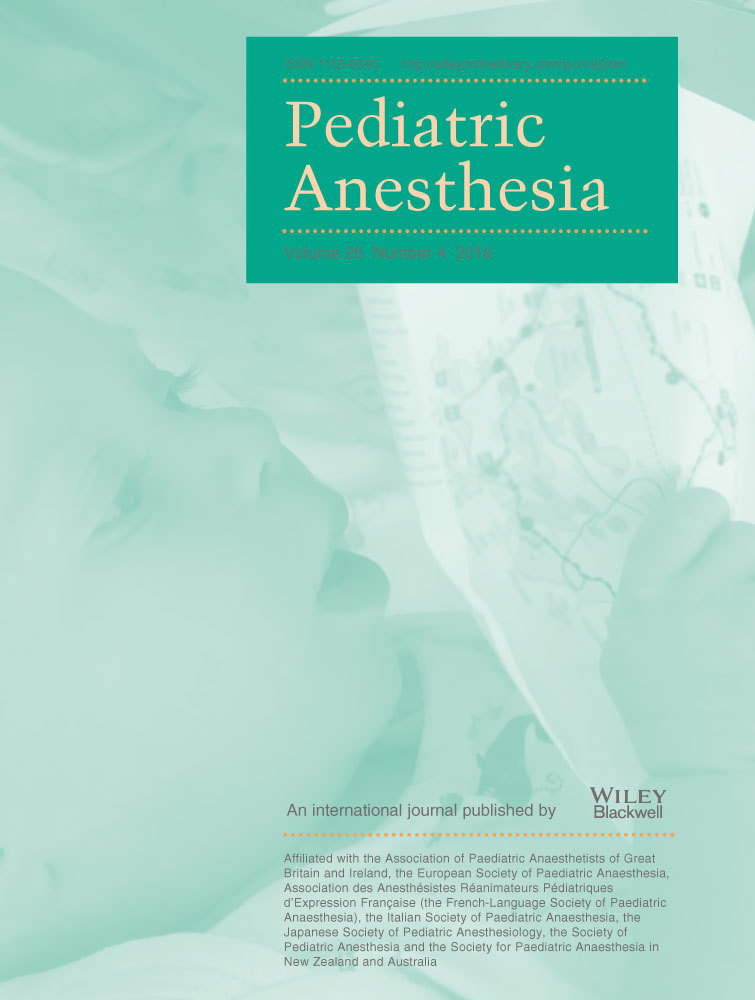Feasibility, efficacy, and safety of ultrasound-guided axillary plexus blockade in pediatric patients with epidermolysis bullosa dystrophica
Summary
Background
In patients suffering from epidermolysis bullosa dystrophica (DEB), the most severe form of epidermolysis bullosa, trauma or friction cause separation of the skin from underlying tissue with consecutive painful blisters, scarifications, contractures, and pseudosyndactyly. To retain functionality of the hands surgical procedures are necessary. Anesthesia is challenging as difficult airways make general anesthesia risky. Regional anesthesia is considered controversial in patients with EB as accidental subcutaneous injections can cause severe blisters. As ultrasound-guided procedures became standard of care this might have changed however.
Aim
In this case series, we describe feasibility, efficacy, and safety of ultrasound-guided plexus axillaris block in DEB patients undergoing hand surgery.
Method
We performed a retrospective analysis of the charts of all children with DEB undergoing hand surgery under plexus axillaris block and sedation between 2009 and 2013 in our institution.
Results
Nineteen procedures in nine children were performed. Induction of anesthesia (securing monitoring, sedation, plexus block) took a mean time of 34 min. Perioperative analgesia was adequate in all procedures. No complications such as airway incidents, conversion to general anesthesia, movement during surgery, incomplete block, or formation of new blisters were seen.
Conclusion
Ultrasound-guided plexus axillaris block in DEB patients undergoing hand surgery in our institution has been feasible, effective, and safe.




